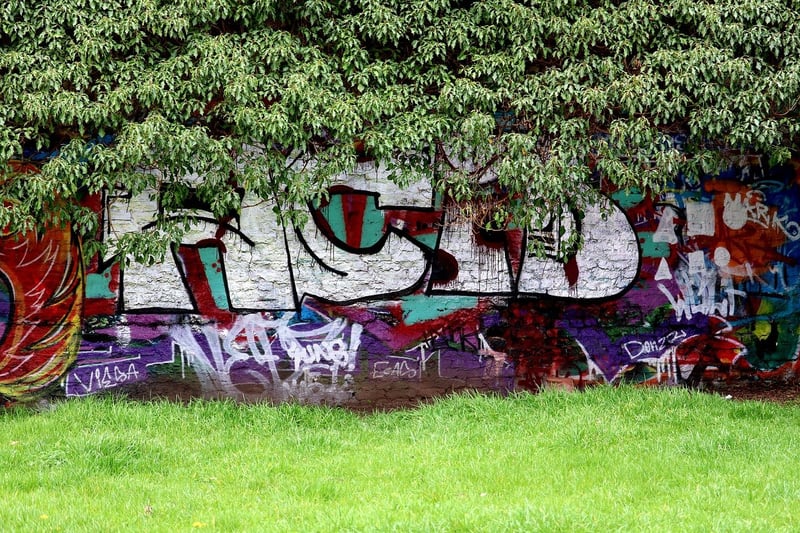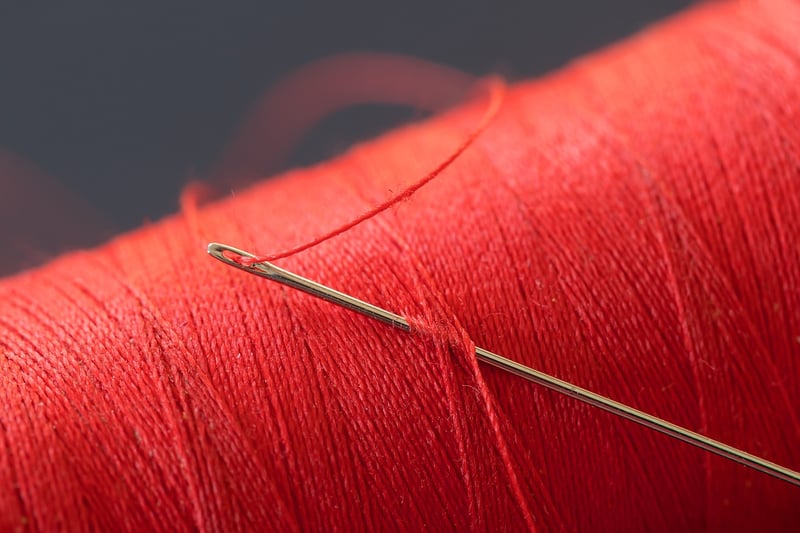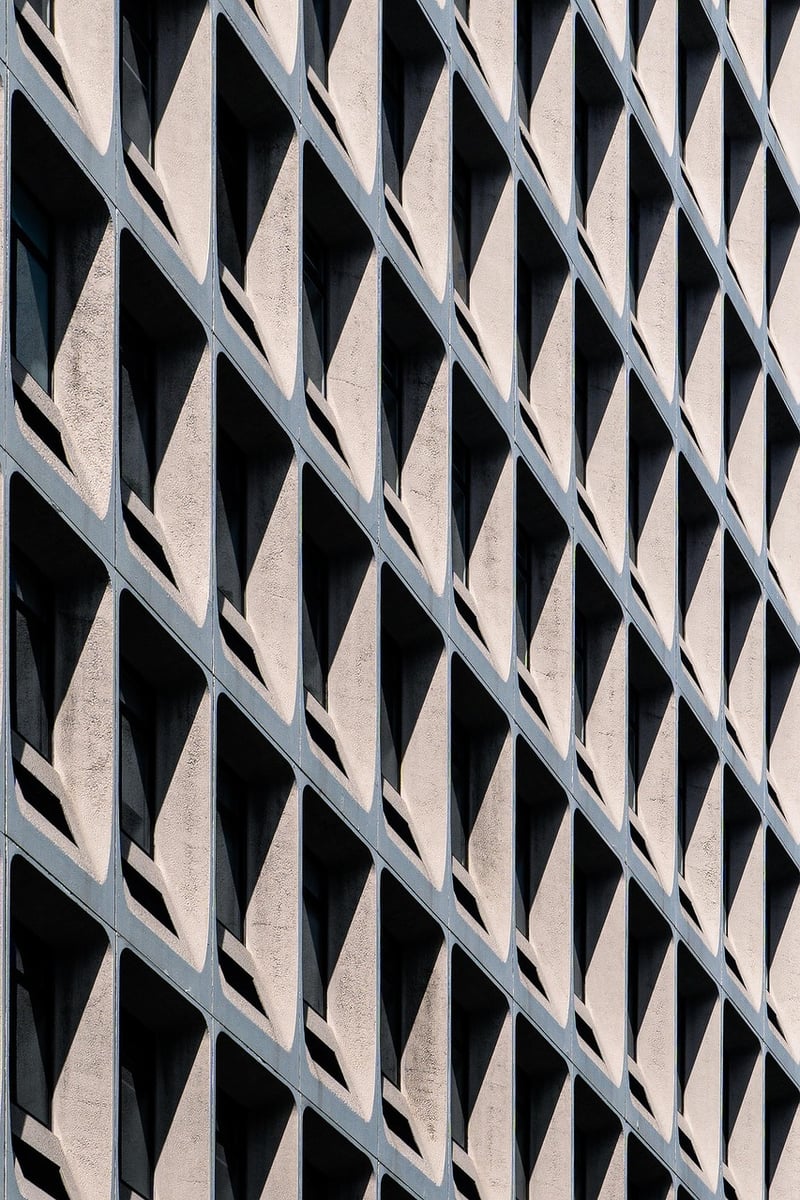Contemporary
The Power of Expressive Movement and Creativity in Contemporary Art
Contemporary art is a dynamic and ever-evolving field that thrives on innovation and creativity. One of the key elements that has been increasingly embraced by contemporary artists is expressive movement. This form of artistic expression goes beyond traditional techniques to capture the essence of emotion, movement, and energy in a visually captivating way.
Embracing Expressive Movement
Expressive movement in art involves the use of dynamic gestures, bold strokes, and fluid motions to convey a sense of vitality and emotion. Artists harness the power of movement to infuse their work with a sense of life and energy, inviting viewers to experience a deeper connection with the art piece.
The Creative Process
For many contemporary artists, the creative process is a journey of exploration and experimentation. By incorporating expressive movement into their work, artists can break free from traditional constraints and explore new possibilities. This allows for a more fluid and organic approach to creating art, resulting in unique and impactful pieces that resonate with audiences.
Examples of Expressive Movement in Contemporary Art
From abstract paintings that capture the chaos and beauty of the natural world to dynamic sculptures that seem to defy gravity, expressive movement can be found in a wide range of contemporary art forms. Artists like Jackson Pollock, Yayoi Kusama, and Anish Kapoor have all made significant contributions to the world of art through their innovative use of movement and creativity.
Exploring New Horizons
As the boundaries of art continue to expand, artists are constantly pushing the limits of what is possible. By embracing expressive movement and creativity, contemporary artists are able to explore new horizons and challenge conventional notions of art. This spirit of innovation and experimentation is what drives the evolution of art and ensures its continued relevance in today's world.
Conclusion
Expressive movement and creativity play a vital role in shaping the landscape of contemporary art. By infusing their work with dynamic energy and emotion, artists are able to create powerful and engaging pieces that resonate with viewers on a profound level. As we look to the future, it is clear that expressive movement will continue to be a driving force in the world of art, inspiring new generations of artists to push the boundaries of creativity.


Explore the world of expressive movement and creativity in contemporary art, and discover the endless possibilities that await!
For more inspiration, visit Tate Modern.
